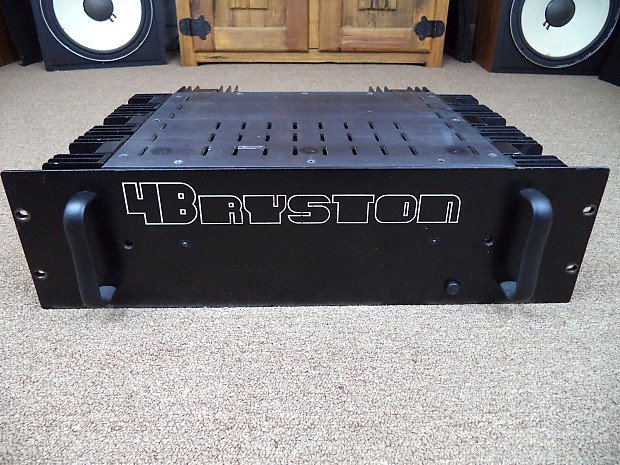I have nothing for or against this topic. Any person is free to follow their amp - sub strategy. I was surprised at your "backup" comment as I have seen NOS tubes and LPs backed up, but never the same model of amps and phono. Multiple amps of different models, yes. But no biggie.
I also have back up vintage cartridges. Perhaps what you are undervaluing or do not understand is the increasingly rare nature of the original Lamm ML2 amplifier. A few years ago they came up every now and then. Now they do not come up for sale and there is a non-public exchange/market between those who have them and those who want them. It is the same with the LP1 and LL1. I suspect the same is true with Neumann cartridges and other rare coveted audio items.
I regret not buying a pair of vintage speakers for a potential second system when they were available. I mentioned them to a friend and he snatched them up. Now you can’t find them anywhere.
When David told me he had a pair of original ML2 that were not part of his own supply, I jumped on the opportunity to own them as back ups. They are just too good sounding and now too difficult to find. I hope that will help you understand why I bought a spare pair.
Last edited:



